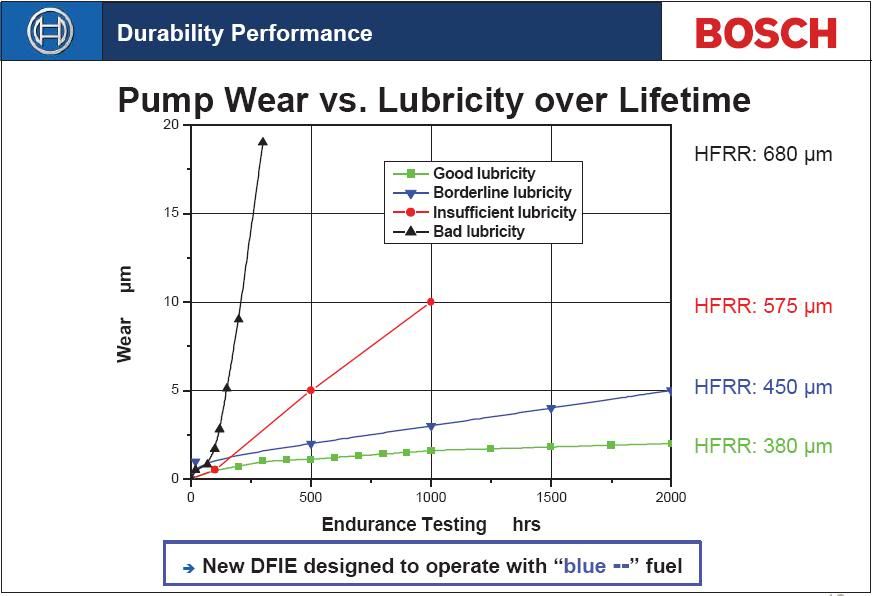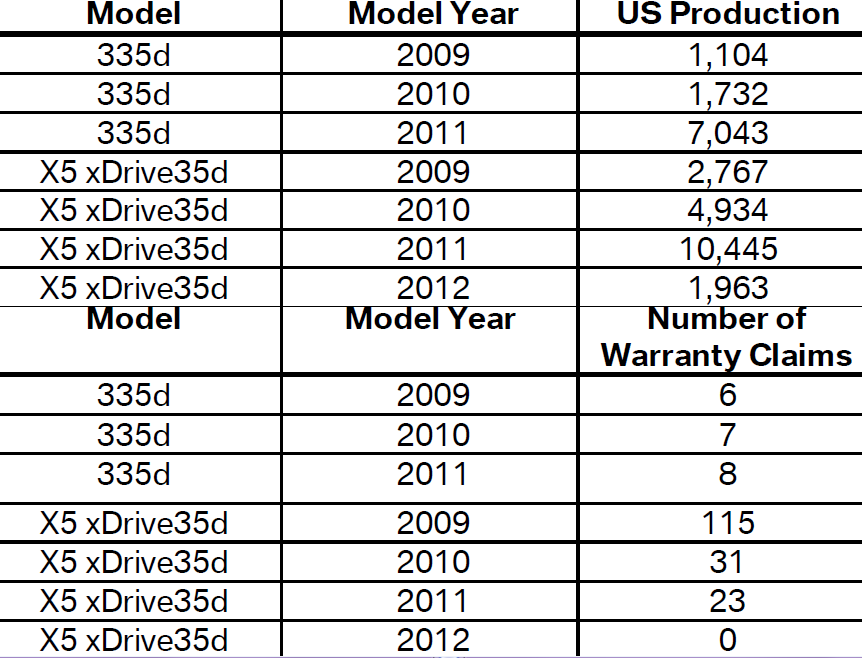I have a 2011 TDI Exec. with only 9000 miles. This week the fuel pump (at the tank) failed and took out the entire fuel system -- injector pump, fuel rail, etc.
I was in the middle of a 450 mile trip -- 250 miles from home and 200 miles from my destination. Did I mention that it was on Christmas Day?!
Car towed to nearest VW dealer, where it is still waiting on parts. They say they will deliver it to me when fixed (I have their loaner).
Posting this to alert others -- there were no symptoms before the glow plug warning light started to flash and throttle response went away. (BTW, I defy anyone to find the glow plug warning light documented in any material that comes with the vehicle).
I've purchased all fuel for the vehicle from the same source and had no problems for 1 1/2 years. Had refueled prior to the trip and covered 250+ miles on that fuel, plus dealer hasn't claimed any fuel issues, so don't know (yet) what caused the pump to fail.
As you may imagine, I'm not happy with VW at the moment. 9000 miles on a $50,000 car doesn't seem quite right.
I was in the middle of a 450 mile trip -- 250 miles from home and 200 miles from my destination. Did I mention that it was on Christmas Day?!
Car towed to nearest VW dealer, where it is still waiting on parts. They say they will deliver it to me when fixed (I have their loaner).
Posting this to alert others -- there were no symptoms before the glow plug warning light started to flash and throttle response went away. (BTW, I defy anyone to find the glow plug warning light documented in any material that comes with the vehicle).
I've purchased all fuel for the vehicle from the same source and had no problems for 1 1/2 years. Had refueled prior to the trip and covered 250+ miles on that fuel, plus dealer hasn't claimed any fuel issues, so don't know (yet) what caused the pump to fail.
As you may imagine, I'm not happy with VW at the moment. 9000 miles on a $50,000 car doesn't seem quite right.







